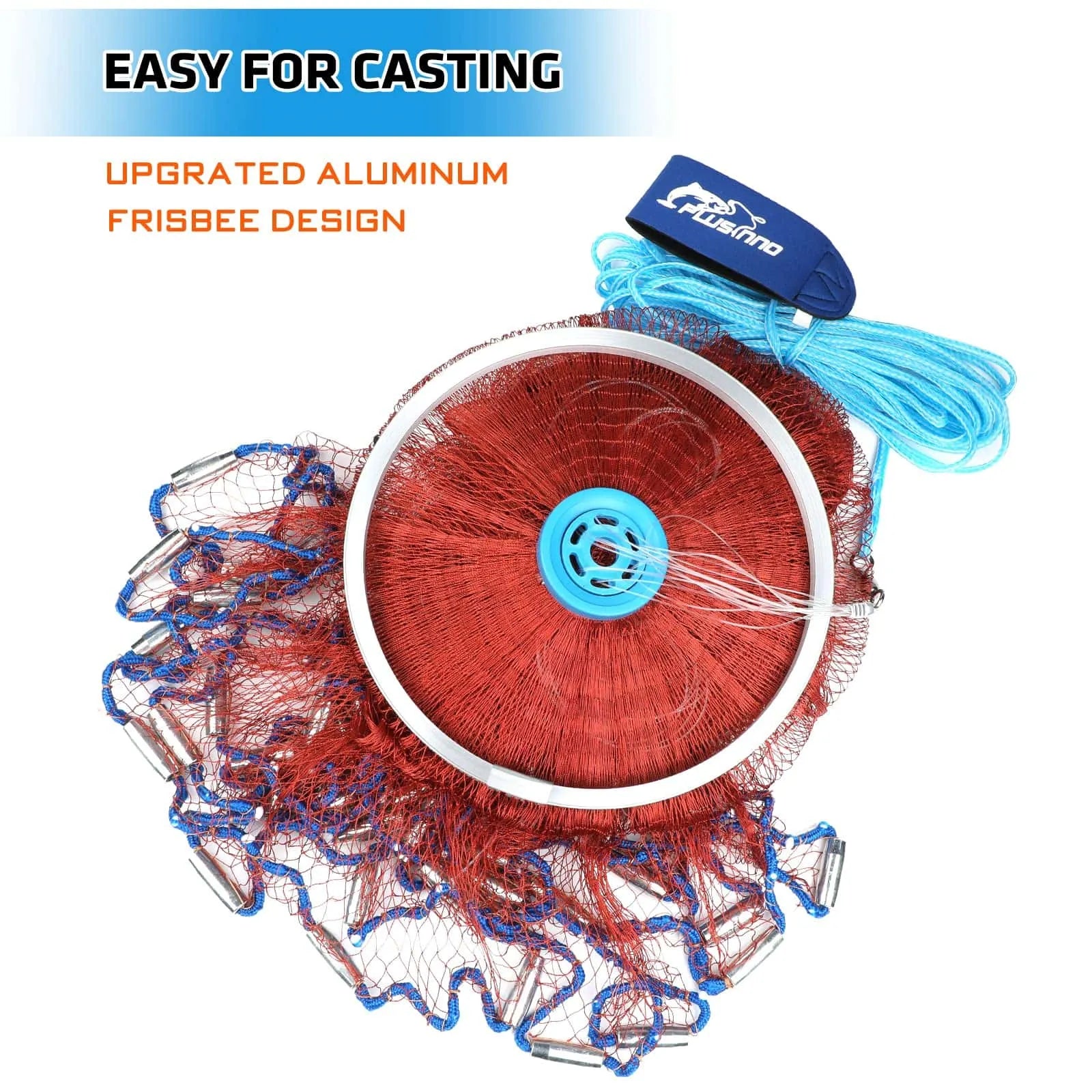When it comes to fishing, one of the most essential skills to master is casting a fishing net. Whether you are a beginner or an experienced angler, knowing the top techniques to master this skill can greatly enhance your fishing success. In this article, we will explore some innovative and effective methods to improve your casting abilities.

Understanding the Basics
Before diving into the top techniques, it is important to have a solid understanding of the basics of casting a fishing net. A fishing net is a versatile tool used to catch fish in large quantities. It consists of a circular net with weights around the edges and a rope attached to the center. The net is thrown into the water, allowing it to sink and trap fish within its mesh. To master the skill of casting a fishing net, you need to focus on three key elements: preparation, technique, and timing.
Preparation: Choosing the Right Net
Choosing the right fishing net is crucial for successful casting. Nets come in various sizes and mesh types, each suitable for different fishing conditions. For example, if you are targeting small fish in shallow waters, a smaller mesh size would be more appropriate. On the other hand, if you are aiming for larger fish in deeper waters, a larger mesh size would be more effective. Additionally, consider the weight of the net. A heavier net will sink faster, allowing you to catch fish more efficiently.
It is also important to inspect your net regularly for any damages or tears. A damaged net can significantly reduce its effectiveness and may result in fish escaping. Repair or replace any damaged parts before heading out to ensure optimal performance.
Technique: The Overhand Cast
The overhand cast is one of the most common and effective techniques for casting a fishing net. To perform this technique, follow these steps:
- Hold the net by the rope with one hand and gather the excess netting with the other hand.
- Swing the net back and forth a few times to build momentum.
- As you swing the net forward, release the excess netting and let it spread out in the air.
- At the same time, release the rope, allowing it to slip through your hand.
- As the net reaches the peak of its arc, let go of the rope completely.
- Watch as the net sinks into the water, creating a wide circle.
Mastering the overhand cast requires practice and coordination. Start by practicing on land before attempting it on water. Focus on your timing and release the net at the right moment to achieve maximum spread and coverage.
Timing: Understanding Tides and Currents
Timing is crucial when it comes to casting a fishing net. Understanding the tides and currents in your fishing area can greatly improve your chances of success. Fish tend to gather in certain areas during specific tide and current conditions. By studying the patterns and timing your casts accordingly, you can increase your catch rate.
For example, during high tide, fish may move closer to the shore, making it an ideal time to cast your net near the water's edge. Conversely, during low tide, fish may retreat to deeper waters, requiring you to cast your net further out. By observing and adapting to these natural rhythms, you can optimize your casting technique and increase your chances of a successful catch.
Conclusion
Mastering the skill of casting a fishing net is essential for any angler looking to improve their fishing success. By understanding the basics, choosing the right net, practicing the overhand cast technique, and timing your casts effectively, you can greatly enhance your fishing experience. Remember to always prioritize safety and respect the environment while enjoying this wonderful activity.
Links to Credible Sites:
For more information on fishing techniques and equipment, check out the following credible sites:













